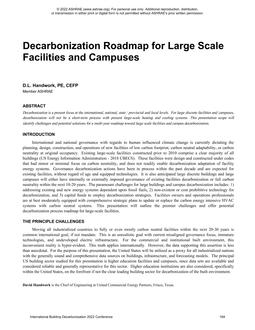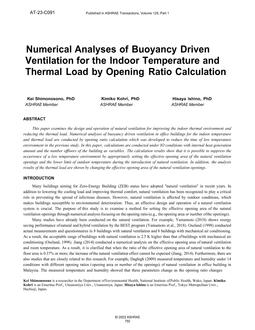
033 — A Reference for Optimizing Local Ventilation: Experimental Study of Induced Airflow Characteristics during Various Liquid Metal Pouring Process
Click here to purchase
Contaminated airflow characteristics generated during slow and rapid liquid metal pouring processes are quite different in metallurgical plants. A fully understanding of the induced airflow characteristics could help design the local ventilation system effectively during the different pouring processes. In this study, the induced airflow characteristics during the slow and rapid pouring process were experimentally investigated by colour schlieren imaging. Three aspects were analyzed, including two different liquid morphology variations, the flow pattern evolution and velocity variations of induced airflow. The continuous fluid chains state and discontinuous fishbone state of liquid columns were observed during the slow and rapid pouring process, respectively. Besides, the formation of air mass with contaminated airflow was found during continuous fluid chains state, and the time of air mass appearance accounted for 70% – 80% of the whole pouring period. Compared with a puff of air mass in the continuous state, more non- isothermal airflow was generated during the discontinuous fishbone state. Therefore, it is recommended to increase the exhaust flow rate during the discontinuous state. Finally, the average velocity of induced airflow rises with the increasing Gr numbers between liquid and the ambient air during the continuous state, but it will keep constant with the Gr numbers during the discontinuous state. In summary, the flow characteristics of induced airflow are totally different during the slow and rapid liquid metal pouring process, which needs more specialized local ventilation.
Product Details
- Published:
- 2022
- Number of Pages:
- 9
- Units of Measure:
- Dual
- File Size:
- 1 file , 1.3 MB
- Product Code(s):
- D-IIVC2022-C033
- Note:
- This product is unavailable in Russia, Belarus

